
In an analysis of the intention-to-treat population of the BENEFIT study, investigators demonstrated improved sustained minimal residual disease negativity with the Isa-VRd regimen in newly diagnosed multiple myeloma (NDMM).

In an analysis of the intention-to-treat population of the BENEFIT study, investigators demonstrated improved sustained minimal residual disease negativity with the Isa-VRd regimen in newly diagnosed multiple myeloma (NDMM).
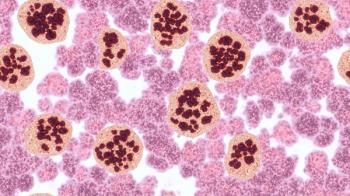
Experts at the ASH Annual Meeting and Exposition in Orlando explored innovative strategies and treatments for improving outcomes in diffuse large B-cell lymphoma.


The American Cancer Society updates cervical cancer screening guidelines, introducing self-collection options and new exit criteria to enhance accessibility and compliance.

Pharmacists play a crucial role in ensuring travelers receive essential vaccines, bridging gaps in immunization and enhancing global public health.

The American Society of Hematology (ASH) Annual Meeting and Exposition will feature the latest news, clinical trial updates, and key opinion leaders in the hematology field.

Key takeaways about unit-based pharmacy models for pharmacists and institutions.

Although highly efficacious, patient selection and adverse event management are crucial.
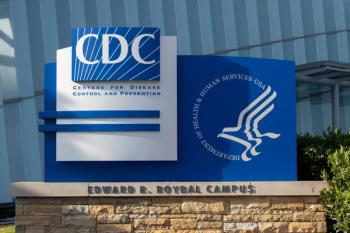
The Advisory Committee on Immunization Practices (ACIP) voted to recommend individual-based decision-making for parents when deciding when or if to give their child the birth dose of the hepatitis B virus vaccine.


Discover how the combination of palbociclib, trastuzumab, and endocrine therapy enhances survival in HER2-positive advanced breast cancer patients.

Shivang Joshi, MD, MPH, RPh, FAHS, highlights Symbravo’s non-substitutability, multi-mechanistic design, and key safety considerations for pharmacists across care settings.

Breyanzi becomes the first FDA-approved CAR-T therapy for relapsed marginal zone lymphoma, offering hope with impressive response rates and durable outcomes.

Expert pharmacists discuss future outlooks for unit-based pharmacy models.

MRD and ctDNA testing could revolutionize monitoring and diagnosing precursor diseases of multiple myeloma.

The Emerging Practice Model Is Having a Moment in Popular Culture. What Is It and What Is the Role of Pharmacy?

Continuous glucose monitoring (CGM) via interstitial fluid, sweat, and saliva are less invasive than prior methods.

Pharmacists discuss educational opportunities and training opportunities for pharmacists interested in unit-based pharmacy models.


Emerging pharmacy trends will be highlighted at the American Society of Health-System Pharmacists (ASHP) Midyear 2025, including AI innovations, GLP-1 therapies, and evolving geriatric and neonatal care.
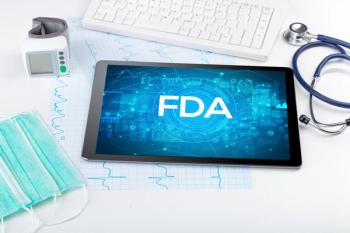
The FDA approves a new dose of Omlyclo, the first interchangeable biosimilar to Xolair, enhancing treatment options for allergic and inflammatory conditions.

Research reveals low-dose cannabinoids, like THC, may enhance serotonin levels and combat chronic inflammation in HIV patients, offering new treatment possibilities.
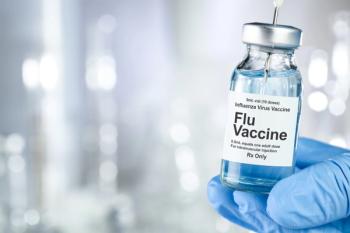
Researchers explore how immune history and innovative vaccine technologies enhance protection against flu, highlighting pharmacists' vital role in patient education.

Implementing a best practice advisory into physicians’ electronic health records improved lipid therapy initiation and diagnoses of hyperlipidemia and hypercholesterolemia.

Shivang Joshi, MD, MPH, RPh, FAHS, outlines essential counseling points on dosing, timing, contraindications, and rebound headache risks when dispensing Symbravo.

Unit-based pharmacists discuss their crucial roles in advancing interdisciplinary care.

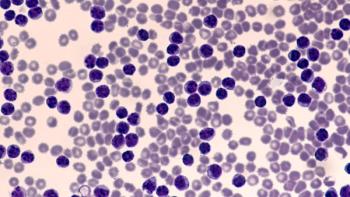
Pirtobrutinib’s indication was expanded for patients with chronic lymphocytic leukemia or small lymphocytic lymphoma, allowing for treatment in earlier lines of therapy.

The supplemental new drug application (sNDA) was assigned a PDUFA target action date of July 26, 2026.

Pharmacists can help close the lung cancer screening gap by identifying high-risk tobacco users, increasing awareness, and connecting eligible patients to lifesaving early detection.